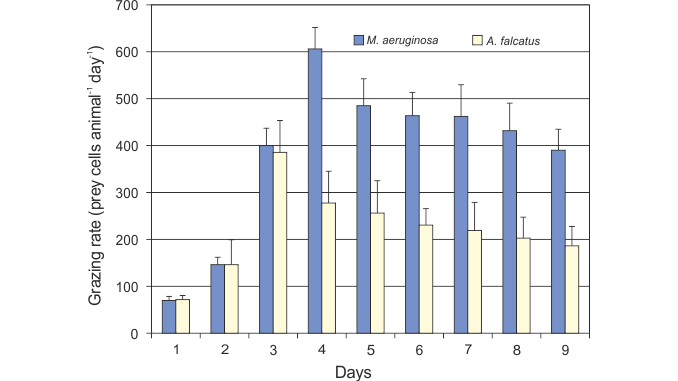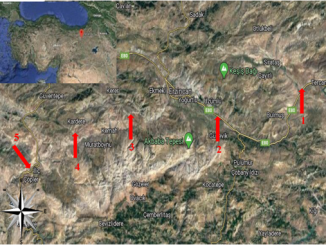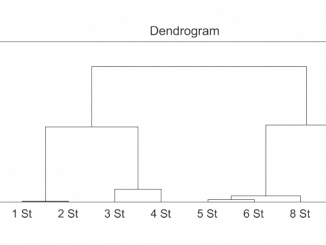
Paper category: Original research paper
Corresponding author: Zakaria A. Mohamed (mzakaria_99@yahoo.com)
DOI: 10.1515/ohs-2018-0028
Received: January 1, 2018
Accepted: February 9, 2018
Full text: here
Citation (APA style):
Abstract
Grazing of zooplankton on phytoplankton may contribute to a reduction of harmful cyanobacteria in eutrophic waters. However, the feeding capacity and interaction between zooplankton and toxic cyanobacteria vary among grazer species. In this study, laboratory feeding experiments were designed to measure the grazing rate of the copepod Cyclops vicinus on Microcystis aeruginosa and the potential microcystin (MC) accumulation in the grazer. Copepods were fed a mixed diet of the edible green alga Ankistrodesmus falcatus and toxic M. aeruginosa for 10 days. The results showed that C. vicinus efficiently ingested toxic Microcystis cells with high grazing rates, varying during the feeding period (68.9–606.3 Microcystis cells animal−1 d−1) along with Microcystis cell density. Microcystis cells exhibited a remarkable induction in MC production under grazing conditions with concentrations 1.67–12.5 times higher than those in control cultures. Furthermore, C. vicinus was found to accumulate MCs in its body with concentrations increasing during the experiment (0.05–3.21 µg MC animal−1). Further in situ studies are needed to investigate the ability of Cyclops and other copepods to assimilate and detoxify MCs at environmentally relevant concentrations before deciding on the biocontrol of Microcystis blooms by copepods.



Be the first to comment